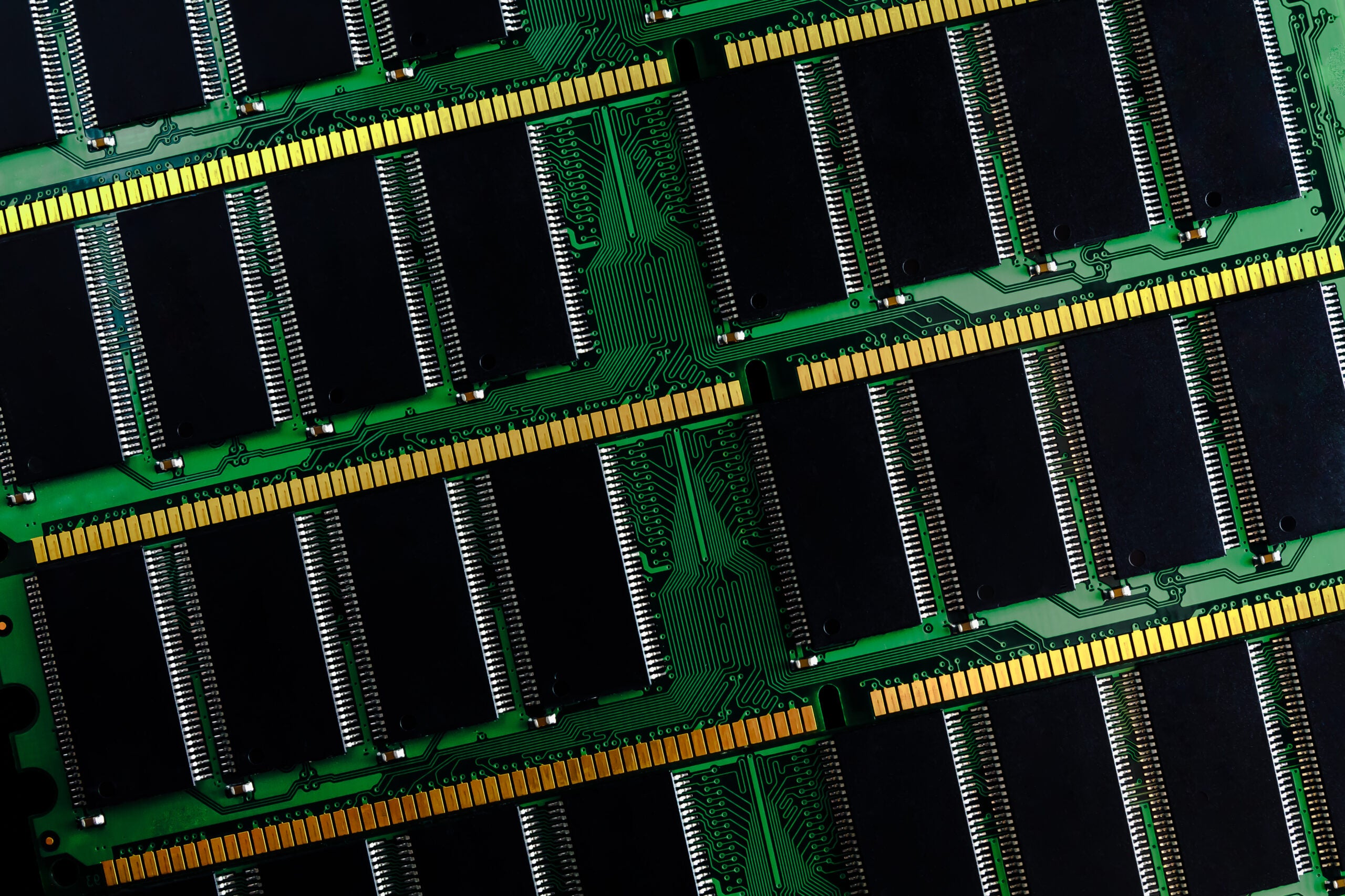
DDR4 performance capabilities make it the most used memory for computing applications and devices.
Double Data Rate, or DDR, is the preferred choice for memory devices in electronics systems. DDR4, introduced in 2014, is by far the most commonly used version in embedded computing applications. In some cases, you may be able to use existing components or development boards to leverage the advantages of DDR4. However, for new product introductions (NPIs), it may be necessary to use or create a DDR4 reference design.
Essentials for Creating a DDR4 Reference Design
DDR4 technology has established itself as the optimal balance between performance, power efficiency, and cost-effectiveness for many modern electronic applications. With data rates ranging from 2133 to 5100 MT/s and operating voltages of just 1.2V, DDR4 delivers significant improvements over DDR3 while remaining more cost-effective than DDR5 implementations.
Essential DDR4 Reference Design Considerations
When creating a DDR4 reference design, it is critical to consider signal integrity and power delivery network (PDN) requirements.
Signal Integrity Requirements
DDR4’s higher operating frequencies demand meticulous attention to signal integrity throughout the design process. Fly-by routing topology becomes mandatory, replacing the T-branch configurations acceptable in DDR3 designs. This daisy-chain approach requires careful component placement planning to minimize stub lengths and maintain controlled impedance throughout signal paths.
Power Delivery Network Design
DDR4’s reduced 1.2V operating voltage creates challenges for power delivery network (PDN) design despite lower overall power consumption. The tighter voltage tolerance requirements (±60mV typical) demand sophisticated PDN analysis and optimization. Multiple power rails (VDD, VDDQ, VTT) require independent regulation and filtering to minimize crosstalk and ensure stable operation across varying load conditions. Choosing and placing decoupling capacitors becomes critical, with high-frequency ceramic capacitors positioned within 5mm of memory device power pins. The PDN must maintain target impedance below 1mΩ across the frequency spectrum from DC to 2GHz to prevent power supply noise from degrading signal integrity.
| DDR4 Reference Design Development Process | ||
| Process Activity | Activity Execution | |
| Step 1 | Requirements Definition and Component Selection |
|
| Step 2 | Schematic Symbol and Footprint Verification |
|
| Step 3 | PCB Stackup and Layer Planning |
|
| Step 4 | Component Placement Optimization |
|
| Step 5 | High-Speed Routing Implementation |
|
Step 1: Requirements Definition and Component Selection
Begin DDR4 reference design development by establishing clear performance targets, environmental requirements, and cost constraints. Define data rate requirements, capacity needs, and operating temperature ranges. Select memory controller and DRAM devices based on application requirements, ensuring compatibility between controller capabilities and memory specifications.
Component selection significantly impacts routing complexity and signal integrity performance. Choose memory devices with consistent electrical characteristics and proven reliability records. Consider package options carefully, as smaller BGA packages offer better high-frequency performance but increase assembly complexity and cost.
Step 2: Schematic Symbol and Footprint Verification
Accurate schematic symbols and PCB footprints form the foundation of successful DDR4 reference designs. Utilize manufacturer-vetted CAD models from trusted sources like Ultra Librarian to ensure dimensional accuracy and pin assignment correctness. Verify that schematic symbols include all necessary power, ground, and signal connections with proper pin numbering.
Ultra Librarian’s comprehensive database provides verified symbols, footprints, and 3D models for major memory manufacturers, including Samsung, Micron, SK Hynix, and controller providers like Intel, AMD, and Qualcomm. These manufacturer-approved models include accurate mechanical dimensions, thermal characteristics, and electrical parameters essential for successful implementation.
Step 3: PCB Stackup and Layer Planning
Design PCB stackups specifically optimized for DDR4 signal characteristics and power delivery requirements. Typical DDR4 implementations require 6-8 layer stackups to provide adequate signal layers, dedicated power planes, and proper return path management. Plan layer assignments with data signals routed on stripline layers when possible to minimize crosstalk and EMI emissions.
Maintain consistent dielectric thickness and material properties throughout the stackup to ensure impedance control. Use low-loss dielectric materials (Df < 0.004 at 1GHz) for high-speed signal layers to minimize insertion loss at DDR4 frequencies. Plan via structures carefully, utilizing HDI technology where PCB miniaturization and/or trace density demands require smaller via sizes.
Step 4: Component Placement Optimization
Strategic component placement drives DDR4 routing success and signal integrity performance. Position memory devices in order of their daisy-chain sequence, minimizing trace length differences between devices. Maintain consistent spacing between memory packages to enable uniform routing patterns and simplify length matching requirements.
Place decoupling capacitors as close as possible to memory device power pins, with high-frequency ceramics positioned within 5mm of the target pins. Plan power delivery component placement to minimize loop inductances and provide clean, stable power to all memory devices throughout the operating frequency range.
Step 5: High-Speed Routing Implementation
Execute DDR4 routing using advanced PCB design tools capable of managing complex timing constraints and signal integrity requirements. Route data byte lanes as matched groups, maintaining consistent impedance and minimizing crosstalk through proper spacing and layer assignments. Implement fly-by topology for address/command/control signals, maintaining daisy-chain connections in numerical device order.
Apply differential routing techniques for clock signals, maintaining tight coupling and consistent 100Ω differential impedance throughout the signal path. Use via optimization strategies to minimize discontinuities at layer transitions, implementing techniques like via stitching for reference plane connections.
Optimization Strategies for DDR4 Reference Designs
Although implementing DDR4 technology has inherent advantages, you must follow the guidelines listed below to optimize your DDR4 reference design.
DDR4 Reference Design Optimization Guidelines
|
Successful DDR4 reference design development requires systematic attention to signal integrity, power delivery, component selection, and manufacturing considerations. By following the guidelines above and utilizing manufacturer-verified CAD models, you can optimize your DDR4 reference design to meet performance targets while maintaining cost-effectiveness and reliability.
If you’re looking for CAD models for common components or the best DDR4 reference design guidelines, Ultra Librarian helps by compiling all your sourcing and CAD information in one place.
Working with Ultra Librarian sets up your team for success to ensure streamlined and error-free design, production, and sourcing. Register today for free.